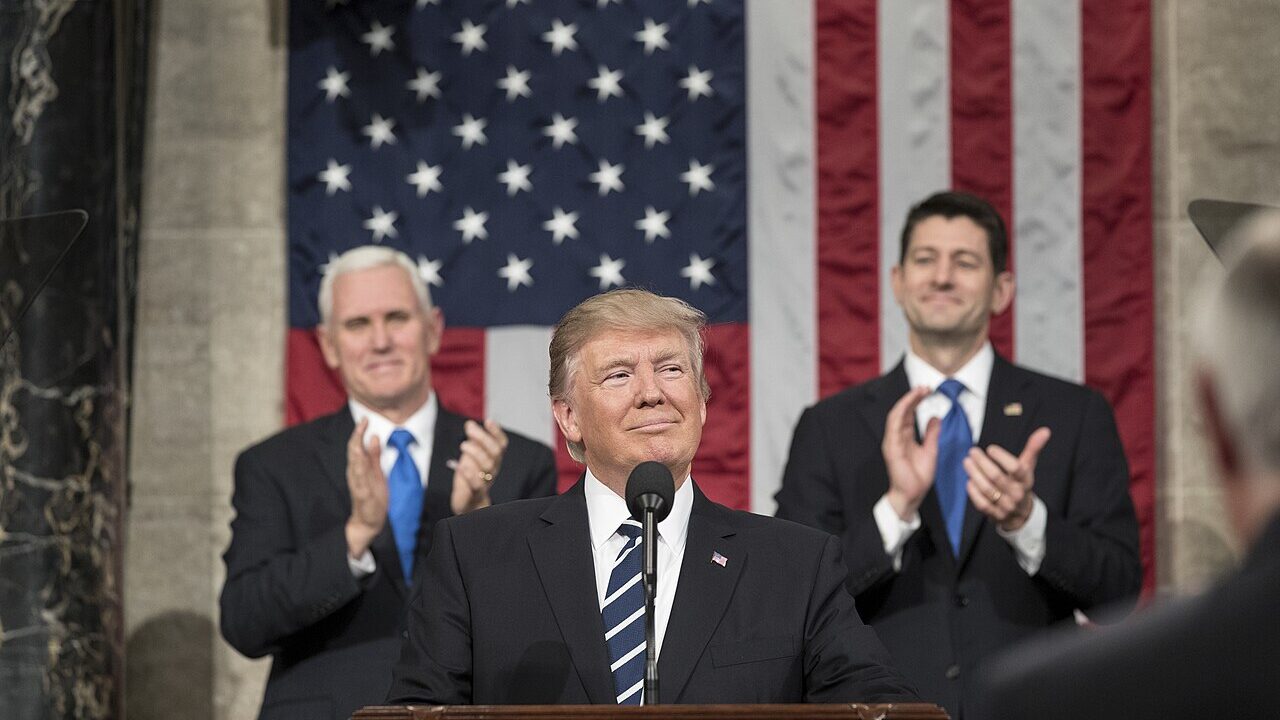Congress and the President Must Reclaim Power

Editor's Note
For forty years, U.S. courts have deferred to unelected bureaucrats for the interpretation of ambiguous statutes. The principle of “Chevron deference” is the legal basis of the administrative state, the extra-constitutional rule by experts that provides the legal framework and the workaday operations of the group quota regime.
Ryan Williams, the president of the Claremont Institute, argues that Loper Bright does not put the issue to rest, but merely opens the door for Congress and the White House to reclaim their constitutional prerogatives. What follows Chevron, even in the best case, will be a long and hard battle to restore the separation of powers and the accountability to citizens intended by the founders and undermined by the administrative state. This is the seventh installment in a series on Loper Bright and its consequences. Read the rest of the series as it becomes available here.
At the end of the 2023-24 Supreme Court term in June, a 6-3 majority in Loper Bright Enterprises v. Raimondo finally overturned a pernicious but important 1984 case, Chevron v. Natural Resources Defense Council. Chevron had held that if a statute authorizing a bureaucratic agency was ambiguous, the court would defer to the agency on its interpretation of its own authority. To oversimplify Supreme Court politics during the Reagan administration, the holding was an attempt by the Burger court to insulate executive agencies from the adventurism of hostile congressional majorities.
Whatever the prudential merits of the decision in 1984, it ultimately exacerbated a trend of American national government that started in the early 20th century: more and more bureaucratic lawmaking effectively beyond the reach of democratic accountability. This year’s Loper Bright ruling is an important step back toward constitutional government.
It’s important to understand Loper Bright in historical context. A series of court cases and the government actions authorized by them since the New Deal have transformed America’s separation of powers, making our national government less accountable to the people through their elected representatives or the president.
It is conventional wisdom today that bureaucracies get to make and enforce laws in the form of regulations because the complexity of modern life demands it. “Experts” at agencies such as the FDA, FTC, CFPB, etc. regulate our food and drugs, our national commerce, and our financial transactions because Congress is thought to be unable to develop or maintain the expertise to legislate on such matters. Under the original understanding of the American separation of powers, the power to pass legislation, which affects the lives and livelihoods of all Americans, ought only to reside in Congress because regular congressional elections provide the American people a chance to endorse or object to such activity.
We have come up with the euphemism “regulation” to disguise the legislative quality of such activity. To compound the problem, most of these alleged “executive” agencies are largely beyond the control of the president because their leadership is not directly accountable to him. Unlike with cabinet members, the president can’t fire executive agency heads except for a very narrow range of malfeasance. And so, we have a body of day-to-day law that dwarfs the activity of Congress and is effectively insulated from popular rule.
It was not always so. In the very first Congress of the United States under the new Constitution, there was a vigorous debate over whether the president had the power to remove executive officers without the Senate’s consent. The Constitution does not mention the removal power. The Senate advises and consents to a range of presidential appointments to senior positions. The power of removal is left implicit. James Madison won the argument by appealing to the nature of the executive power. In Madison’s view, the president needed the power of removal in order to maintain a “chain” of accountability between the people and the administration of government through the presidents they elect. The content and mandates of executive administration were to be policed by Congress through legislation.
If we want to return to popular constitutionalism after a century of the accretion of power in the bureaucracy, we need to restore a much wider range of control over lawmaking to Congress at the expense of the bureaucracy, and we need to enable presidents to hold administrators accountable through the power of removal. The Roberts Court has been slowly and incrementally making progress on both fronts. Loper Bright is a step in the right direction, but the courts can’t save constitutionalism on their own. Only Congress can, by reclaiming its responsibility over legislation while empowering the presidency to reclaim its rightful authority to execute the laws through its subordinate officers.